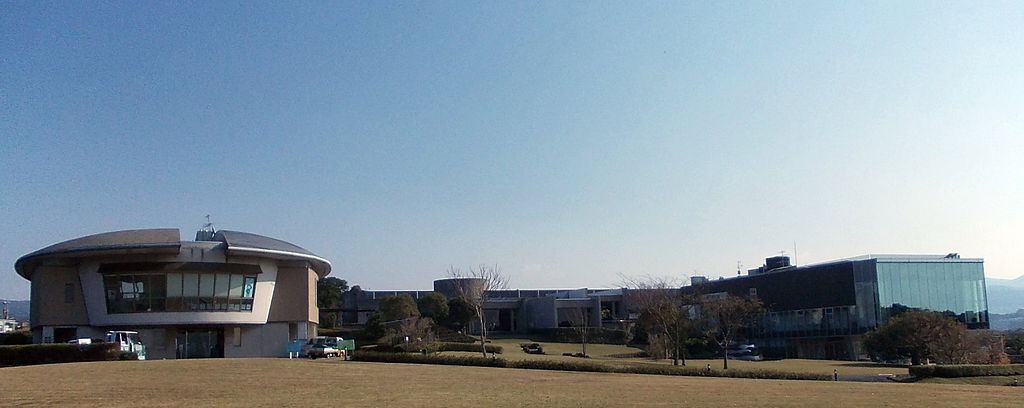Apr 20, 2023
Minamata in Kumamoto: From Environmental Disaster to Eco-Town
One of the worst environmental disasters in Japan occurred in Minamata (a town on Kyushu island in Kumamoto prefecture) when a chemical contaminant poisoned numerous residents; however, in the years since, Minamata has taken steps to reverse its legacy and has become certified as an eco-town.
The Environmental Disaster
The environmental disaster was the fault of the Chisso Corporation, which opened a chemical plant in Minamata in 1908. For decades, the factory ran without incident. This changed in 1951 when the factory began using a different process to create its products. The untreated wastewater it released into Minamata Bay now contained methyl-mercury. Five years before this was discovered, the first patient — a young girl — presented at the factory hospital with problems walking and speaking and suffering from convulsions. More cases followed shortly.
Minamata Disease
The neurological disorder the wastewater caused came to be called Minamata disease. Residents were affected because they had eaten fish caught in the bay that had ingested the methyl-mercury from the water. Even though the factory stopped producing acetaldehyde in 1968 (and therefore no longer released methyl-mercury into the water), locals continued suffering from mercury poisoning. This led to symptoms including weakness, paralysis, blindness, coma, and even death. In total, more than 2,500 people suffered from Minamata disease.
The town put a plan into place to prevent the disorder in 1975. This started with fencing off the bay using fishing nets. Two years later, a project began to dredge sludge — an initiative that continued until 1990. Finally, in 1997, the environment was pronounced as safe.
Becoming an Eco-Town
The disaster inspired the people of Minamata to right the wrongs of the past. First, it received an ISO certification for its environmental management policies. Efforts involved recycling, saving energy, reducing waste, protecting natural resources, and using environmentally-friendly practices for fishing and farming. Minamata also became a place for learning about environmental issues.
Later, the Japanese Ministry of the Environment and the Ministry of Economy, Trade, and Industry implemented the Eco-Town Project. Open to all local governments, towns that manage to reduce waste and increase recycling to lower their impact on nature receive support from the government. Minamata met the requirements through a large number of activities, including:
- Creating a garbage classification system (before any other city in Japan)
- Developing Environmentally-friendly Industries
- Preserving the waterfront, rivers, and forests to protect firefly and dragonfly habitats
- Teaching students at elementary and junior high schools about Minamata disease and how they can conserve the environment
For its efforts, the town received the designation of eco-town in 2001. The town continues to adopt new initiatives today. Currently, it is employing several activities to reduce greenhouse gases.
If you’re interested in the concept of eco-towns, Minamata is a top choice to visit due to its additional history of environmental disaster. Although tourists cannot visit the recycling facilities, study groups can arrange tours. Regular visitors can wander around Eco Park and learn more about the disaster by visiting Minamata Disease Museum.
STA3816, Public domain, via Wikimedia Commons


About the author